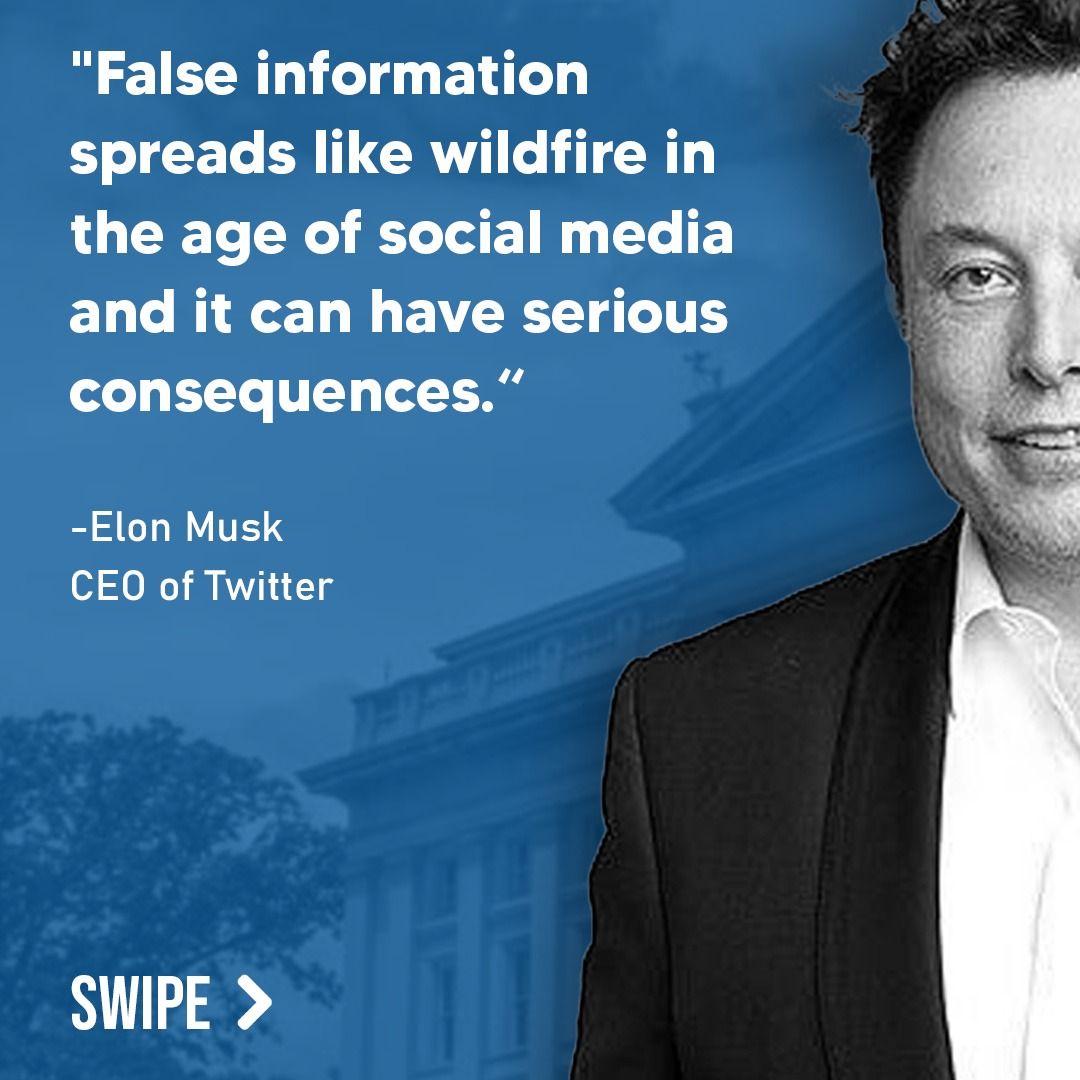
Introduction
This article was flagged for fact-checking due to public concerns over whether former President Donald Trump’s repeated criticisms of Federal Reserve Chair Jerome Powell could undermine market confidence in the Fed’s independence. The article, published by CNBC on May 29, 2025, outlines Trump’s recent meeting with Powell and the growing debate over political pressure on monetary policy.
Historical Context
The independence of the Federal Reserve has been a cornerstone of U.S. economic stability for decades. Although presidents can voice their economic preferences, it is generally considered inappropriate for politicians to pressure the Fed on interest rate decisions. Trump’s relationship with Powell during his first term was riddled with public attacks, and his return to office in 2025 has reignited concerns about that dynamic repeating. Historically, the Fed’s credibility relies on its ability to set policy based on data, not politics.

Claim #1: Powell told Trump the Fed would base rate decisions on ‘non-political’ analysis
The article correctly reports that Powell emphasized the Fed will use “careful, objective, and non-political analysis” in setting monetary policy. This matches the official statement released by the Federal Reserve on May 29, 2025. The statement confirmed that Powell and Trump discussed broad economic conditions but steered clear of future monetary policy directions, maintaining that decisions would be driven strictly by incoming economic data. This claim is accurate and matches public records.
Claim #2: Trump privately told Powell that the Fed is making a mistake by not lowering rates
White House press secretary Karoline Leavitt publicly stated that Trump criticized Powell during the meeting for not lowering interest rates. This is consistent with Trump’s repeated public remarks. On his Truth Social page, Trump stated on May 17: “Too Late Powell, a man legendary for being Too Late, will probably blow it again.” These quotes support the article’s claim that Trump repeated his long-standing critique, both privately and publicly. Therefore, the reporting aligns with available statements and documentation.

Claim #3: The Fed hasn’t eased rates since December 2024
The article says, “The FOMC hasn’t eased since December, just before Trump took office for his second nonconsecutive term.” According to Federal Reserve records and CME Group’s FedWatch Tool, the Federal Open Market Committee last cut interest rates in December 2024, bringing the federal funds rate down by 1 full percentage point. No further rate reductions have occurred as of May 2025, making this claim factually accurate and consistent with market data.
Claim #4: Market expectations indicate no further cuts until at least September
The article claims that futures pricing suggests the Federal Reserve will not initiate another rate cut until at least September. According to interest rate probability models from CME Group, as of late May 2025, investors largely expect the Fed to hold rates steady through the summer, with a potential cut in the fall depending on inflation data. This is confirmed by Bloomberg and Reuters economic forecasts, validating the article’s assessment of market expectations.

Conclusion
The article provides a generally accurate overview of the recent Trump-Powell meeting and surrounding monetary policy context. All key factual claims were supported by official releases, market data, or verifiable public statements. However, while the article maintains a neutral tone, it does not fully explore the potential long-term implications of persistent political pressure on the Fed. Nonetheless, the article contains no false or misleading information and provides adequate context for readers to understand the situation.
Encourage Readers to Take Action
Stay empowered by truth. Download the DBUNK app today to access real-time fact-checks, expose misinformation, and make informed decisions. You can also follow us on social media and submit articles you’d like our team to investigate—always free and nonpartisan.

Link to Original Article
Click here to read the original article on CNBC

